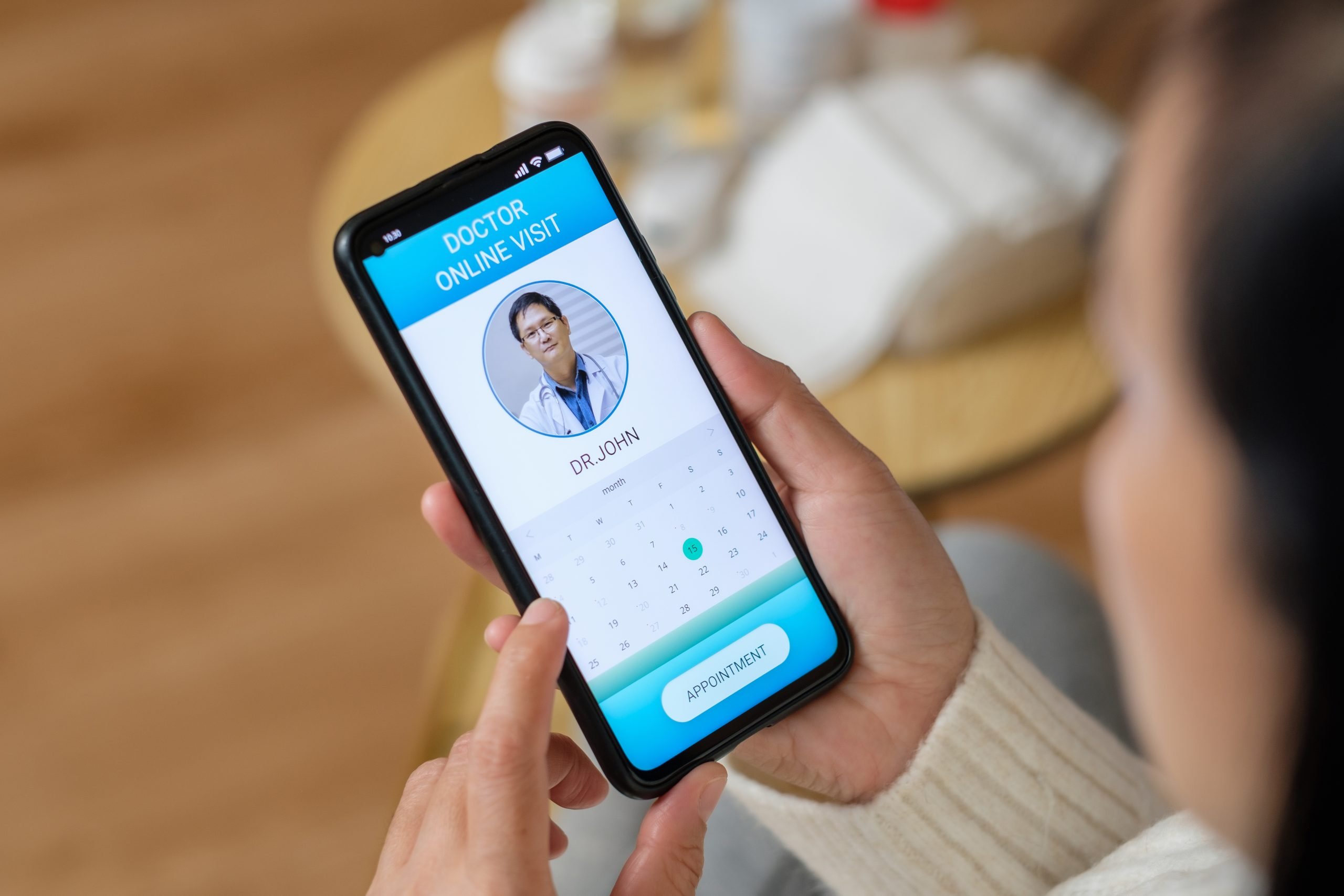Rise of Virtual Therapy: Exploring its Effectiveness

In recent years, the field of mental health has witnessed a significant shift towards virtual therapy, also known as teletherapy or online therapy. With the advent of technology, individuals seeking therapy can now access professional help from the comfort of their own homes. Since the Covid19 pandemic the need and popularity of virtual therapy has increased tremendously.
Is Virtual Therapy Effective?
One of the primary advantages of virtual therapy is its accessibility. Research conducted by the American Psychological Association (APA) found that virtual therapy eliminates geographical barriers, making mental health services more accessible to individuals residing in remote areas (APA, 2013). Moreover, virtual therapy allows individuals with physical disabilities or limited mobility to receive therapy without the need for transportation or physical presence at a clinic.
Virtual therapy offers a level of anonymity that traditional in-person therapy may lack. A study published in the Journal of Medical Internet Research (JMIR) found that individuals who sought therapy online reported a reduced fear of judgment and stigma associated with seeking mental health support (Andersson et al., 2004). This anonymity can encourage individuals who may otherwise be hesitant to seek therapy to take the first step towards improving their mental well-being. Virtual therapy also has the potential to be more cost-effective compared to traditional therapy. A study published in the Journal of Telemedicine and Telecare found that virtual therapy sessions were associated with lower costs due to reduced travel expenses and time commitments for both therapists and clients (Wootton et al., 2010). This cost-effectiveness can make therapy more accessible to individuals who may have financial constraints.
Numerous studies have demonstrated the efficacy of virtual therapy in treating various mental health conditions. A meta-analysis published in the Journal of Medical Internet Research found that online cognitive-behavioral therapy (CBT) was effective in reducing symptoms of depression and anxiety (Andersson et al., 2014). Another study published in the Journal of Affective Disorders concluded that virtual therapy was as effective as face-to-face therapy in treating depression (Kessler et al., 2009).

Virtual therapy has emerged as a viable and effective alternative to traditional in-person therapy. Its accessibility, convenience, reduced stigma, and cost-effectiveness make it an attractive option for individuals seeking mental health support. The growing body of research supporting the efficacy of virtual therapy further solidifies its position as a valuable tool in the field of mental health.
Sources
American Psychological Association (APA). (2013). Guidelines for the Practice of Telepsychology. Retrieved from https://www.apa.org/practice/guidelines/telepsychology
Andersson, G., Cuijpers, P., Carlbring, P., Riper, H., & Hedman, E. (2014). Guided Internet-based vs. face-to-face cognitive behavior therapy for psychiatric and somatic disorders: A systematic review and meta-analysis. Journal of Medical Internet Research, 16(5), e131.
Andersson, G., Carlbring, P., Holmström, A., Sparthan, E., Furmark, T., Nilsson-Ihrfelt, E., & Buhrman, M. (2004). Internet-based self-help with therapist feedback and in vivo group exposure for social phobia: A randomized controlled trial. Journal of Medical Internet Research, 6(1), e8.
Kessler, D., Lewis, G., Kaur, S., Wiles, N., King, M., Weich, S., … & Peters, T. J. (2009). Therapist-delivered Internet psychotherapy for depression in primary care: A randomised controlled trial. The Lancet, 374(9690), 628-634.
Wootton, B. M., Titov, N., Dear, B. F., Spence, J., Kemp, A., & Andrews, G. (2010). An Internet administered treatment program for obsessive-compulsive disorder: A feasibility study. Journal of Telemedicine and Telecare, 16(4), 171-175
Get Started Now
Contact Elium Health today for In-Person and Telehealth Appointments.